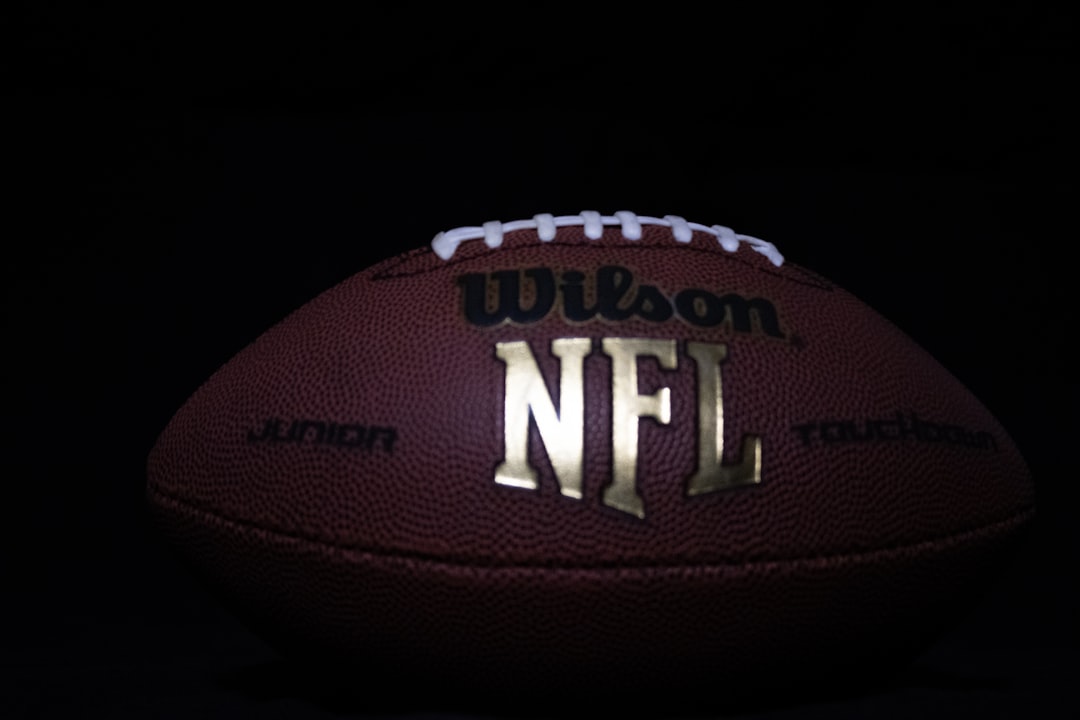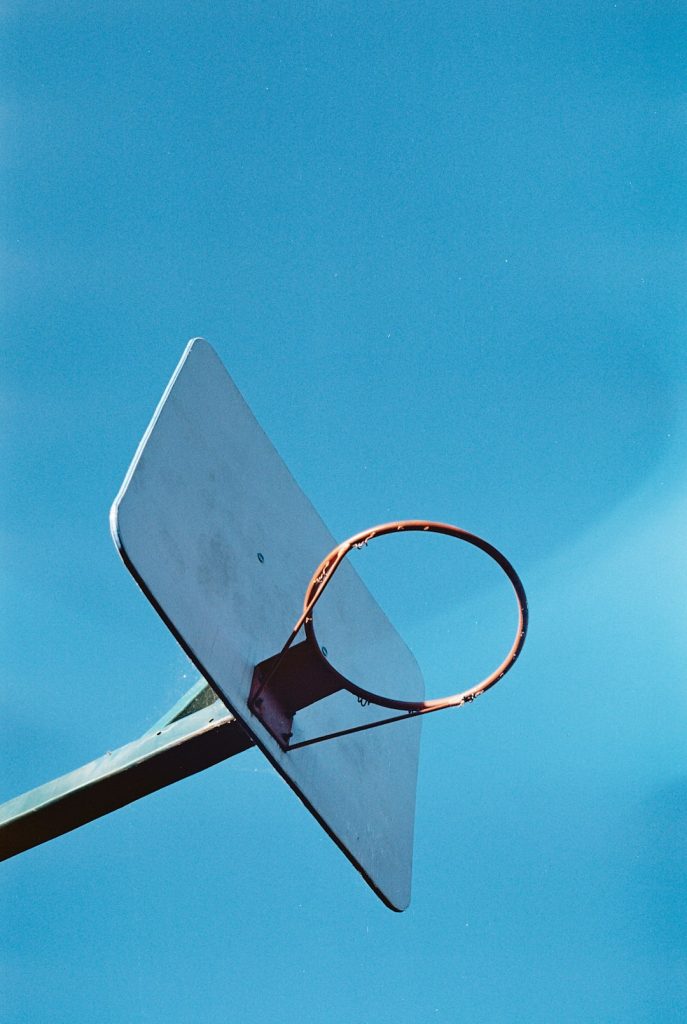In the high-stakes world of NFL football, betting lines serve a dual purpose: to encourage balanced wagering on both teams and to offer an implied prediction about game outcomes. Each week, oddsmakers release these lines based on in-depth statistical analysis, recent performance, injuries, and public sentiment. But just how accurate are these betting lines in forecasting the actual outcomes of NFL games?
Several studies and empirical observations have shown that NFL betting lines are surprisingly good at predicting game results, especially point spreads. However, while they may appear uncanny in some cases, the accuracy of these lines is not absolute and can still be affected by numerous unpredictable factors.
The Foundation of NFL Betting Lines
Oddsmakers begin the process by crafting what’s known as the opening line. This number is not just plucked from the air; it’s based on computer models, historical matchups, power rankings, and situational factors like weather or travel fatigue. The line then adjusts based on betting volume and action from influential bettors known as “sharps.”
By the time the line closes before kickoff, it reflects the collective wisdom of the betting market. In essence, it’s not just a prediction by experts, but a consensus shaped by thousands of market participants.

Betting Lines vs. Actual Outcomes
When evaluating accuracy, the most common metric is how often the favorite wins and whether the point spread (the margin by which a team is expected to win) holds true. Historically, the favorite wins straight-up around 65–70% of the time in the NFL. However, against the spread (ATS), favorites only cover about 50–52% of the time. This near-even result supports the idea that betting lines are designed more to balance action than to serve as razor-sharp predictions.
Research indicates that lines are generally within a field goal (3 points) of the actual final margin in a large majority of games. In fact, studies have found that the closing line is a better predictor of game outcomes than most expert picks or fan predictions. This means that while not perfect, betting lines are one of the most accurate forecasting tools in the NFL ecosystem.
Why Lines Still Miss the Mark
Despite their accuracy, betting lines are not foolproof. Injuries during games, uncharacteristic performances, turnovers, and even weather updates can skew outcomes dramatically. The betting market is also prone to public bias. High-profile teams like the Dallas Cowboys or New England Patriots frequently receive more action simply due to fan loyalty, not analytical logic.

Another notable factor is the role of randomness. Football games have countless variables — a missed interception, a fumbled snap, or a blown referee call can completely flip the direction of a matchup. Betting lines are a guide, not a guarantee, and the unpredictable nature of sports ensures that surprises will always occur.
Conclusion
While NFL betting lines aren’t crystal balls, they are among the most informed and consistently accurate predictors of game outcomes available. Their foundation in data analytics, combined with real-time adjustment based on market behavior, makes them a reliable barometer of expected game results. However, bettors and fans alike should remember that unpredictability is part of the game, and no line is foolproof.
FAQ: NFL Betting Line Accuracy
- Q: Can I trust betting lines to predict winners?
A: Generally, yes. Favorites win more often than not, but they don’t always cover the spread. Use lines as a guide, not a sure thing. - Q: How often are betting lines correct?
A: Point spreads are usually within 3 points of the actual result in most games, showing high predictive value. - Q: Do betting lines change during the week?
A: Yes. Lines can move due to injuries, weather reports, or significant betting activity on one side. - Q: Are closing lines more accurate than opening lines?
A: Yes. Closing lines reflect more up-to-date information and the influence of sharper betting action. - Q: Can public betting behavior skew the lines?
A: Absolutely. Oddsmakers sometimes adjust lines to balance action, even if it means drifting from the most accurate prediction.
